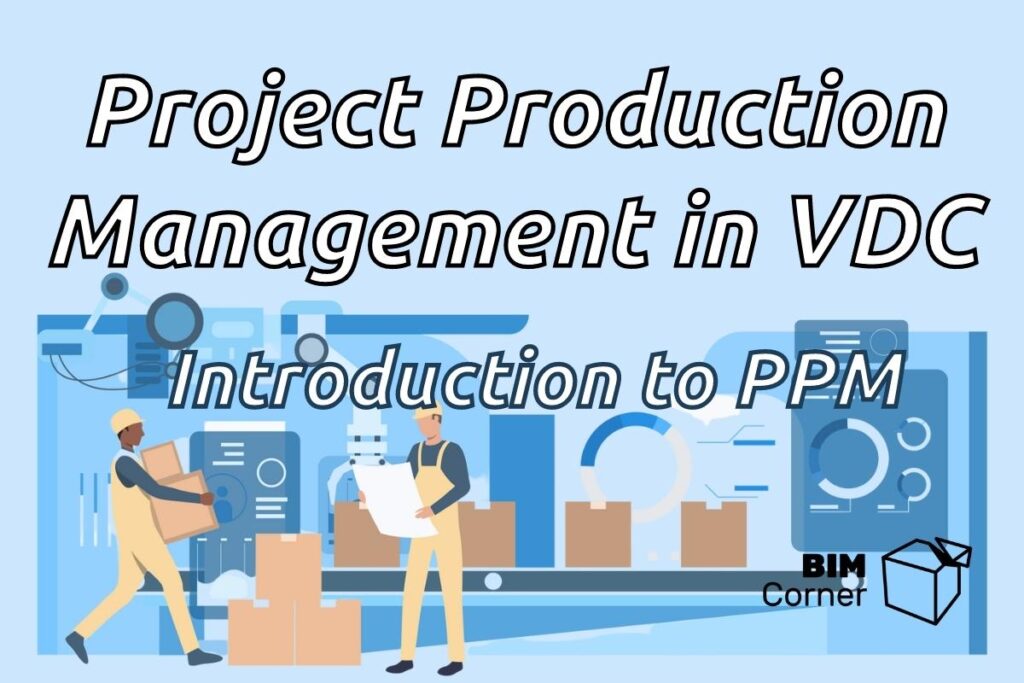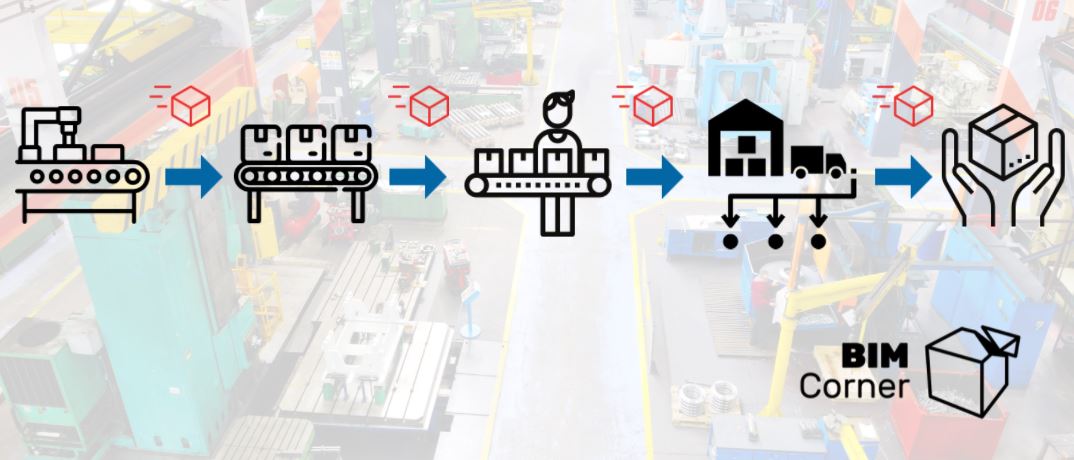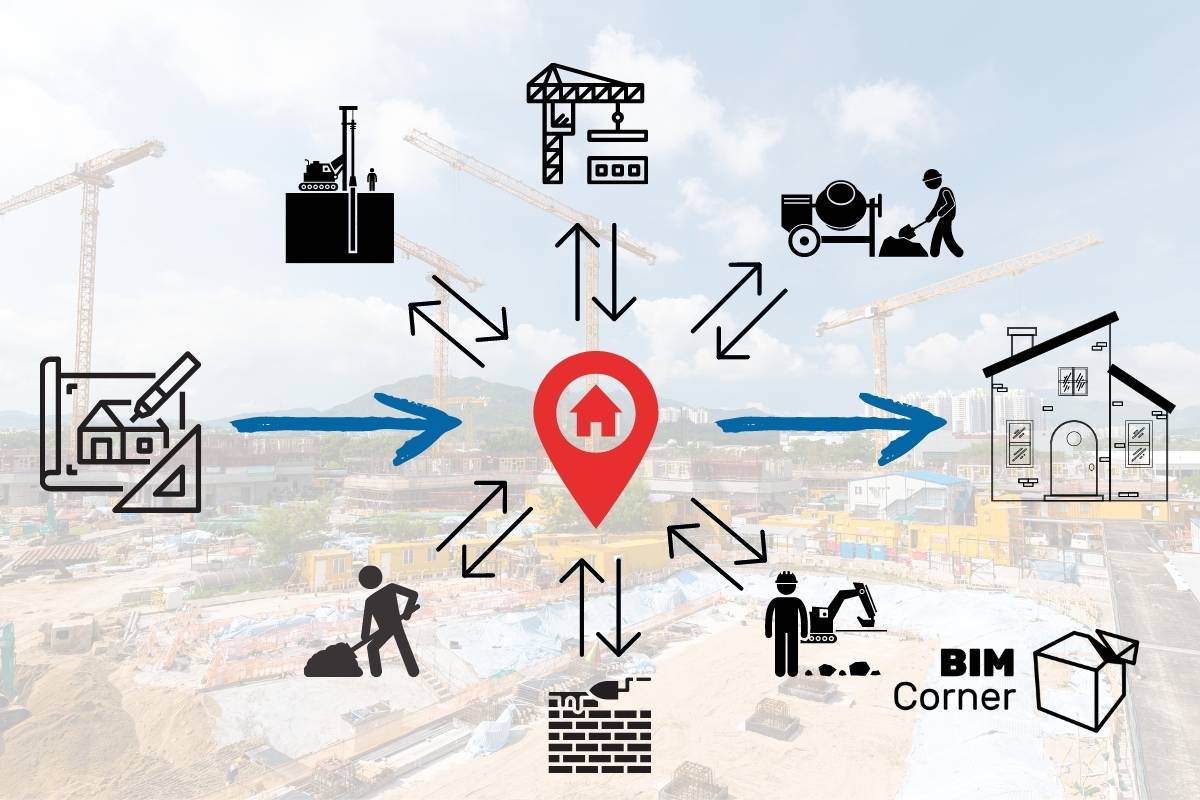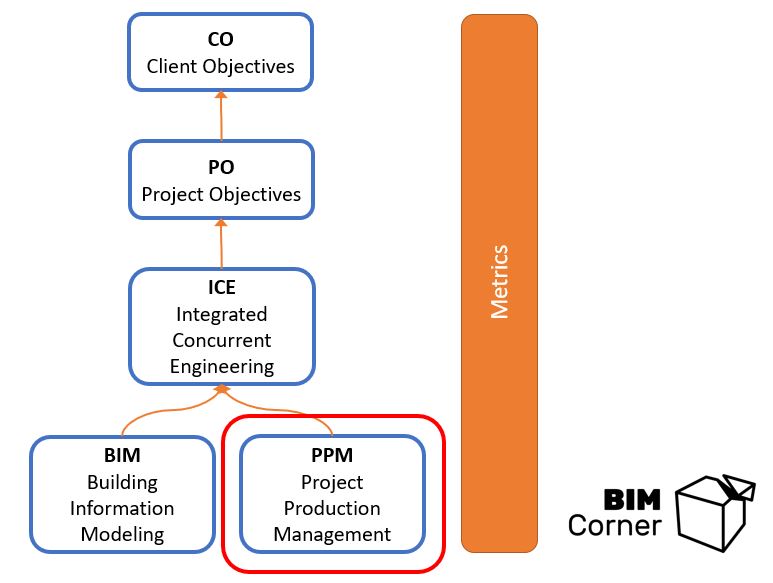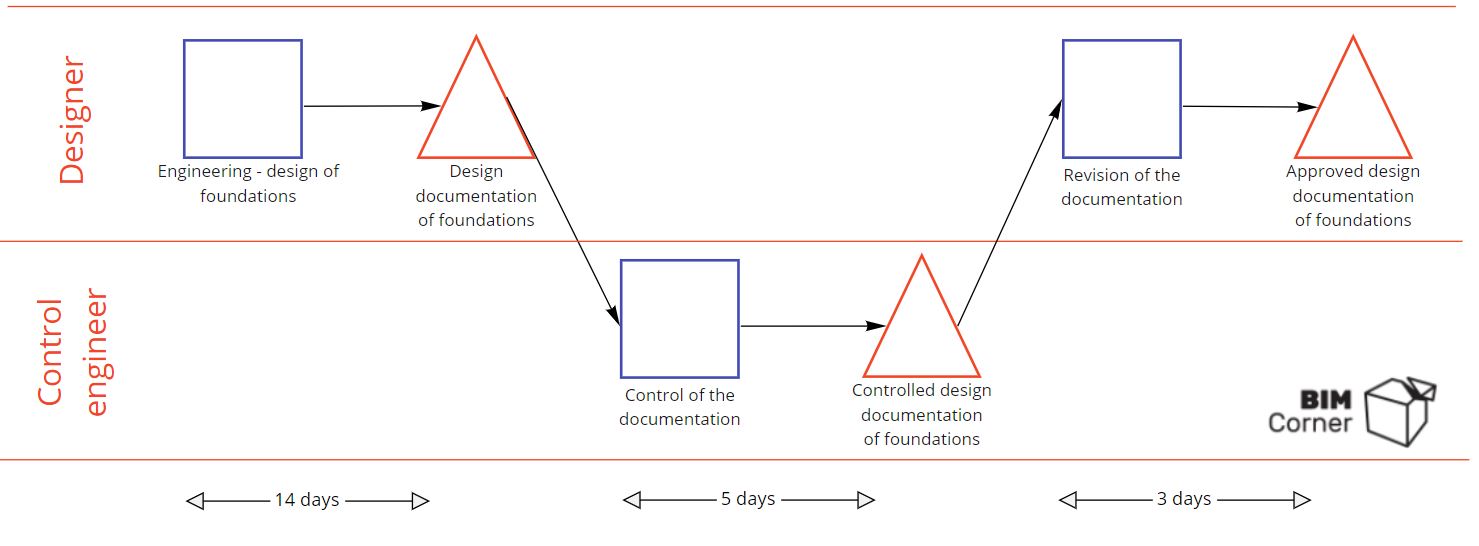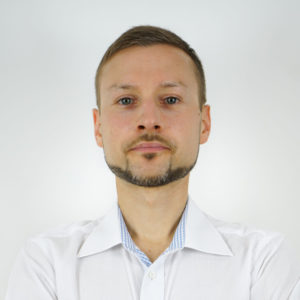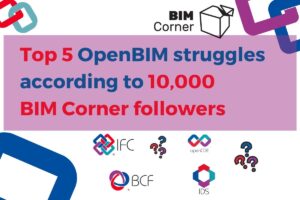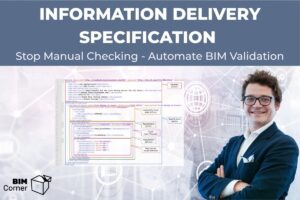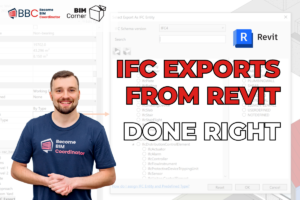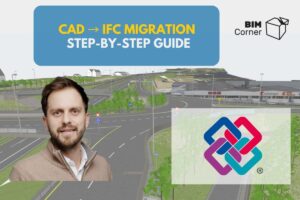VDC starts with a focus on people. People who are working together on multidisciplinary projects and in different teams. They use the modern technology of organizing meetings (ICE sessions) to work in an integrated and simultaneous way. Teams need those new technologies to create digital twins, which are delivered to the customer at the end of the project. The best employees, the latest technology and working methods alone won’t bring the desired result. The work needs also the right scheme and process. This is where the third element of the VDC framework comes into the picture: the Project Production Management.
From all of the VDC elements, the Project Production Management is arguably the most complex. And might be a little bit complicated on the first sight. In the end, ICE is a working session, metrics are to measure performance and BIM… well, BIM is BIM:-) But PPM? Let’s look at some definitions first and then at how can we apply the Project Production Management in our projects!
This post is a continuation of the series EVERYTHING ABOUT VDC.
Table of contents
In this article we will cover those topics:
1. What is Project Production Management?
1. What is Project Production Management?
As it stands in Wikipedia, Project Production Management, or in short PPM, is the application of operations management to the delivery of capital projects (definition of the capital project from Investopedia). The PPM framework is based on a project as a production system view, in which it transforms inputs (raw materials, information, labor, plant & machinery) into outputs (goods and services).
In short, the assumption is the following: Project = a production system. PPM is the part responsible for the processes in the VDC.
By production system, we mean any of the methods used in industry to create goods and services from various resources. I believe that we can all agree that in the construction industry we do create goods (highways, buildings, bridges, schools, hospitals and so on) from resources (concrete, steel, rocks, wood, but also manpower and creative work).
Of course, there are some differences between production systems, say in the automobile industry, and in construction. Let’s see an example: In a factory, we have a production line where cars are being assembled and produced. The product (car) goes on a lane or is being transported from one station to the next. We say that the product moves through the production system.
In the construction industry, on the contrary, the product (building/road/tunnel and so on) cannot be moved because it is fixed to the earth in one way or another. Usually, it has foundations:-) In this case, we say that the production is being moved through the product (construction site).
Just to be sure that we are on the same page, let’s look at the definition of the operations management in Wikipedia. It is an area of management concerned with designing and controlling the process of production and redesigning business operations in the production of goods or services. It involves the responsibility of ensuring that business operations are efficient in terms of using as few resources as needed and effective in meeting customer requirements.
2. Other systems vs Project Production Management
I have to confess, that sometimes I am a little bit confused with all the acronyms and different management systems that claim to have ‘the answer’ on how to drive or improve the project. Some of them are Lean Project Management, Lean Construction, Agile Project Management, or Scrum. Disclaimer: I do not have experience with all of them, so I am not saying that they do not work. I believe that each system, correctly used, can help us in delivering the project. It is just that some of them are better suited to the practical issues of the construction industry than others.
Lean Construction, for example, began by specializing Lean concepts from manufacturing to construction projects. Lean Construction and PPM have many elements in common, like the working in an effective way, reduction of “waste”, use of minimum amount of resources to deliver the work, metrics, collection of data, and continuous improvement. In short: delivering a project according to the client’s goals.
However, as described in this article ‘Lean Construction covers aspects of project governance, organization of project stakeholders and the work activities of the organization. In contrast, PPM focuses on the organization and control of project work activities. PPM’s deeper focus on the execution of work activities results in quantitative, predictive outcomes, validated by practice, that address poor project execution performance.’
So the thing that distinguishes PPM from Lean Construction and other management systems is that it focuses on the organization and execution of work activities that get performed in a project. I like this point of view, because in the end, those activities (like design, manufacturing, assembly, construction and so on) are the physical work that gets done in order to deliver the project. And in order to execute them efficiently, they need to be planned and done in a proper way.
3. VDC and PPM in practice
Since we look at projects as production systems, we need to plan the work in order to execute it as efficiently as possible. In VDC, PPM is about establishing the process and managing the work. So to plan the process, first we need to understand the system of production itself and the key factors that affect it.
Because how do you know what kind and how many resources and how much time do you need in order to execute a given activity in an effective way? One of the possibilities to understand it, is to make a graphical presentation of the process, as a workflow.
In order to create the workflow, we need to agree on some elements that will represent different stages of it:
⃞ – square signifies the operation (work like drilling, concreting, transport, as well as design, fabrication, delivery, installation, controlling and so on)
→ – arrow is a representation of the flow
△ – triangle means the inventory (the output of work, can be a result of both physical work like columns and ‘knowledge work’ like simulations required or drawing checked). A good definition from this site tells us the following: inventory – materials (and information) present along a value stream between processing steps.
In a very simple example of designing and controlling of design documentation for foundations we can have the following process:
So we see the simple process. But how do we know who does what? For that, we can introduce horizontal lines and add responsible parties for a given activity and inventory. Lets add ‘Designer’ and ‘Control engineer’ to the example:
Sometimes this division into those horizontal lines with relevant responsible parties is called ‘the swimming pool lane’ – I think that is a very illustrative name:-)
And then, to understand how long time does the whole process take, we can add the time (in hours, days, weeks) under each activity. In our example lets assume 14, 5 and 3 days for each relevant work that has to be done:
Thanks to such a workflow, we now know that the whole process, from the start of the design of foundations until approved final design documentation takes 22 days. Of course, it is just a very simple example. In real life, each design and work activity varies and is affected by many things: capacity, necessary information or resources to start the work, weather, deliveries, transport time, and so on. In short: there is a lot of variability. And we will write more about the concept of the variability and how to handle it in the next articles in the series Everything About The VDC. We will also have a look at more complex processes. Then, we will connect them with other elements of the VDC framework: ICE, BIM and metrics.
For now, we can summarize that process models help us in a better understanding of work, dependencies, impact of other activities and parties involved. Thanks to a good presented workflow we see the final output (target), can establish metrics, control it underway and improve the processes. In the end, we can create a standard work method or procedure for the project or organization.
4. Summary of Project Production Management in VDC
If we should remember only one thing about the PPM, it would be that its base is that projects are production systems. And since they are production systems, they should be managed using the concepts of Operations Management (which are based on Operations Science). Why? In order to be efficient in our work and establish processes and execute them efficiently. As written in this article:
‘Scope, schedule dates and cost estimates are absolutely required for projects, but the project’s production systems will dictate project results. Understanding and influencing project production systems through Project Production Management is crucial to realizing project objectives.’
This post is a continuation of the series EVERYTHING ABOUT VDC.
We have also some questions to YOU! Do you have any experiences with using the VDC methodology? Have you used PPM yourself? What are your experiences with it? Please share with us your experience below the article!

